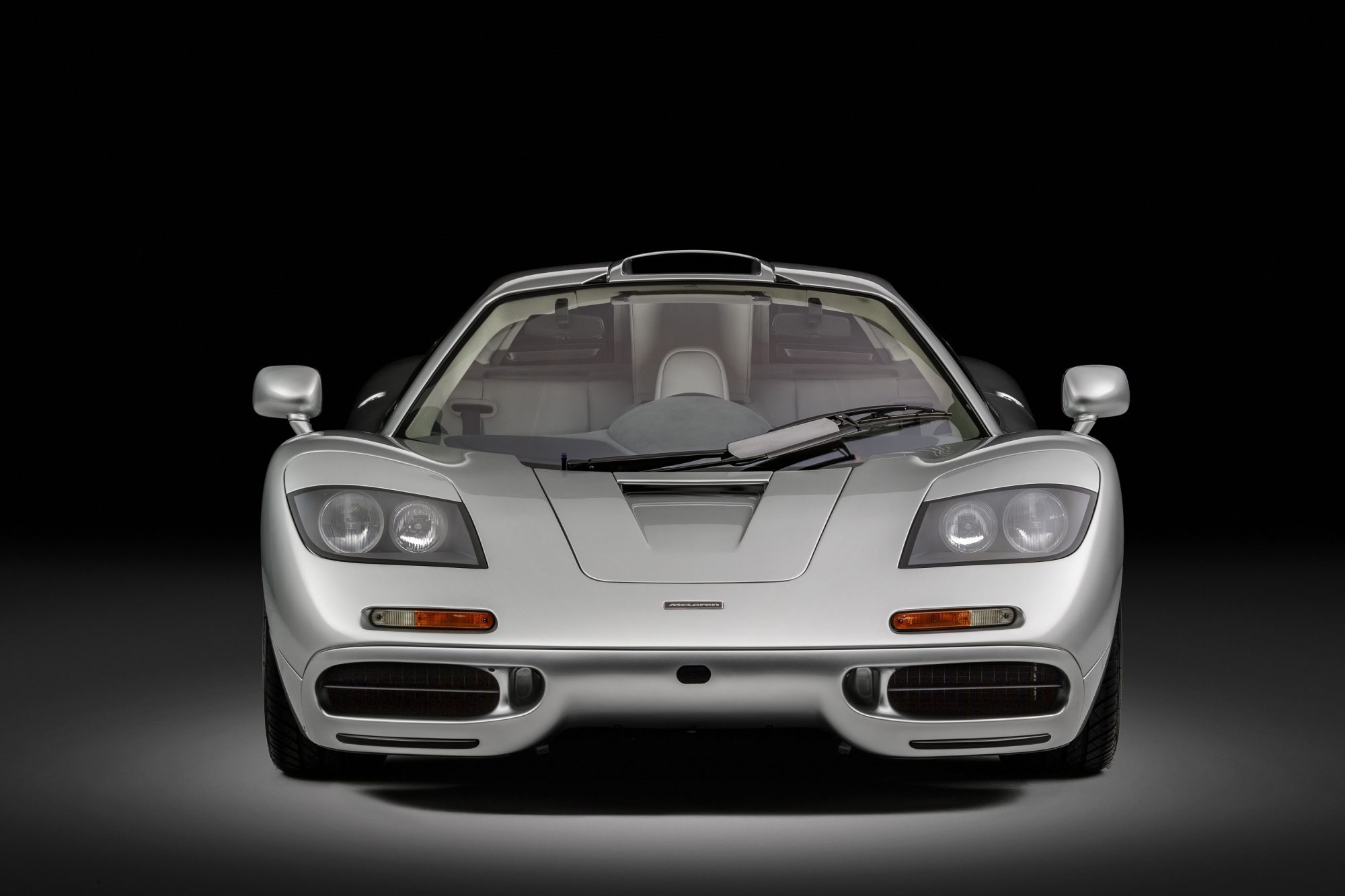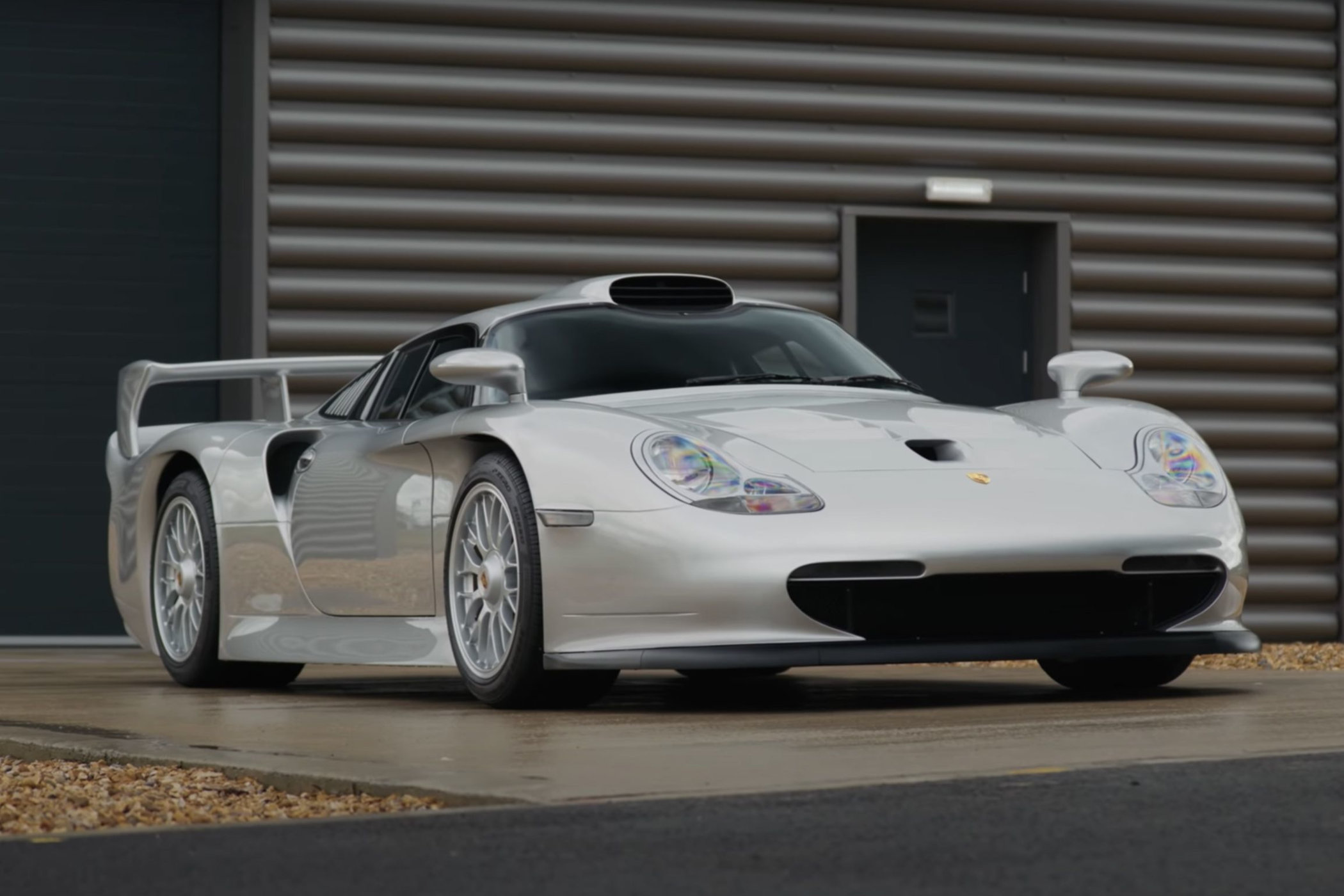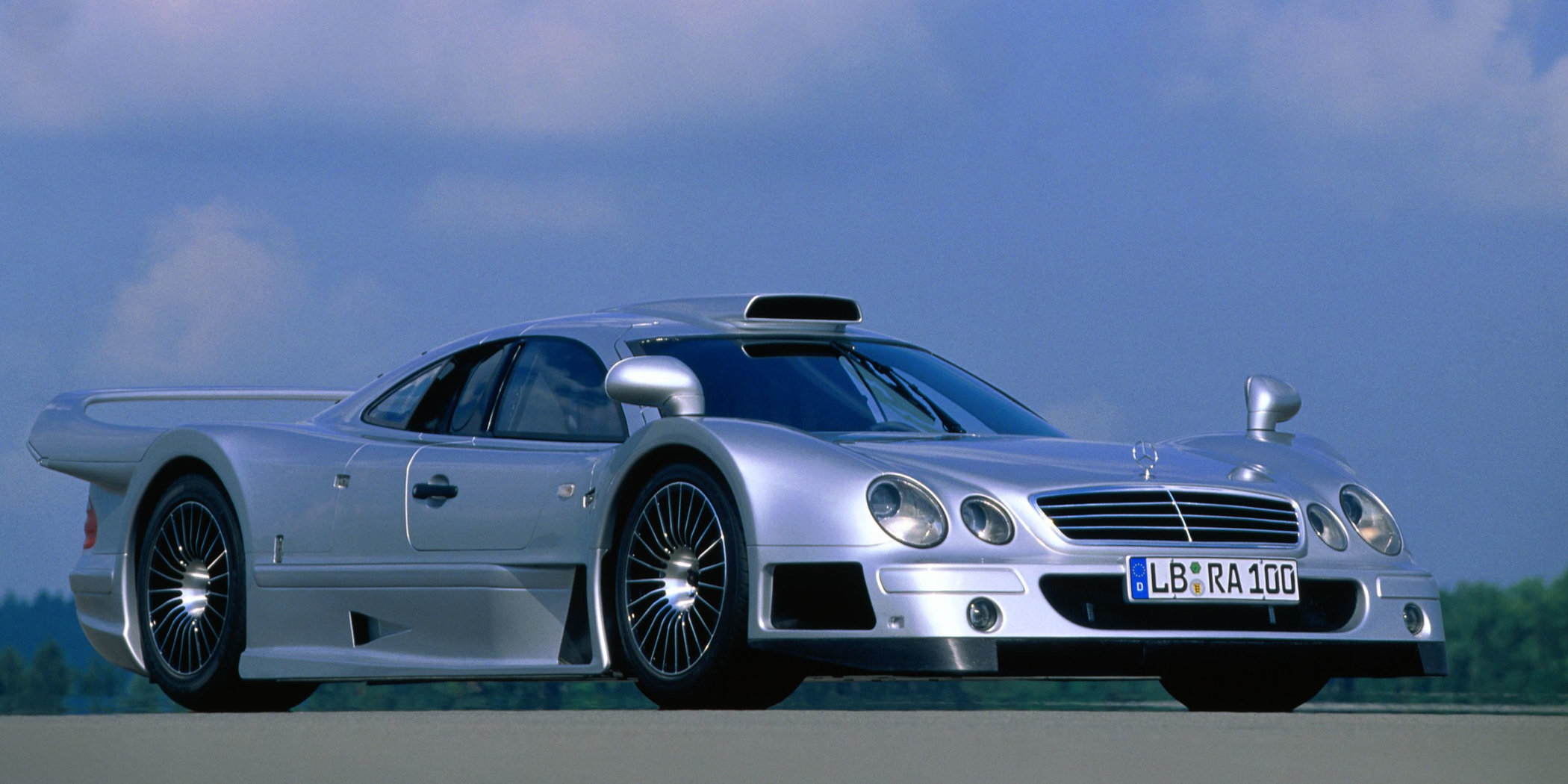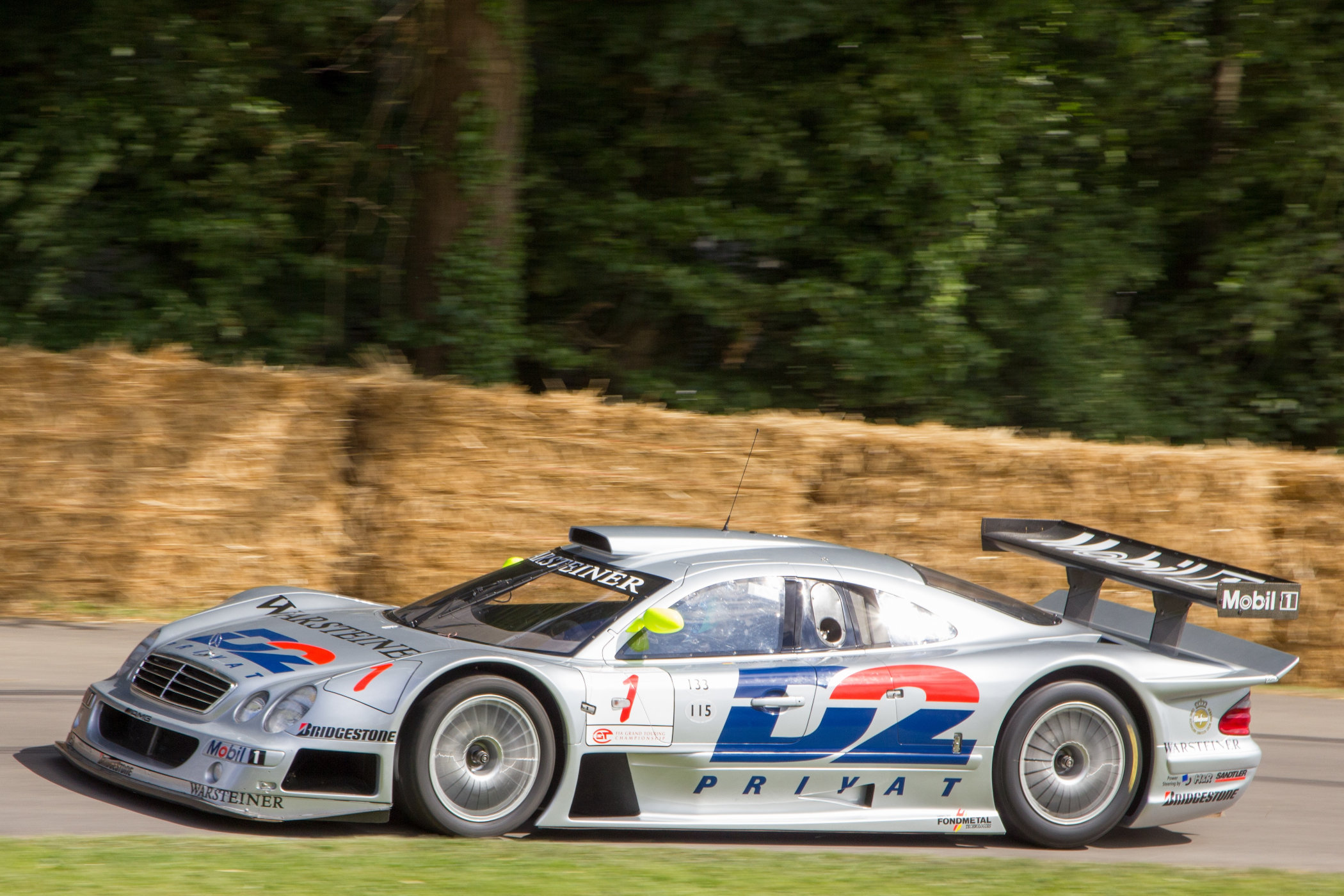The McLaren vs Porsche vs Mercedes Rivalry of the 1990s Is One Of Racing’s Greatest Battles
The peak of GT1 Endurance Racing led to some extreme cars, both on and off track.
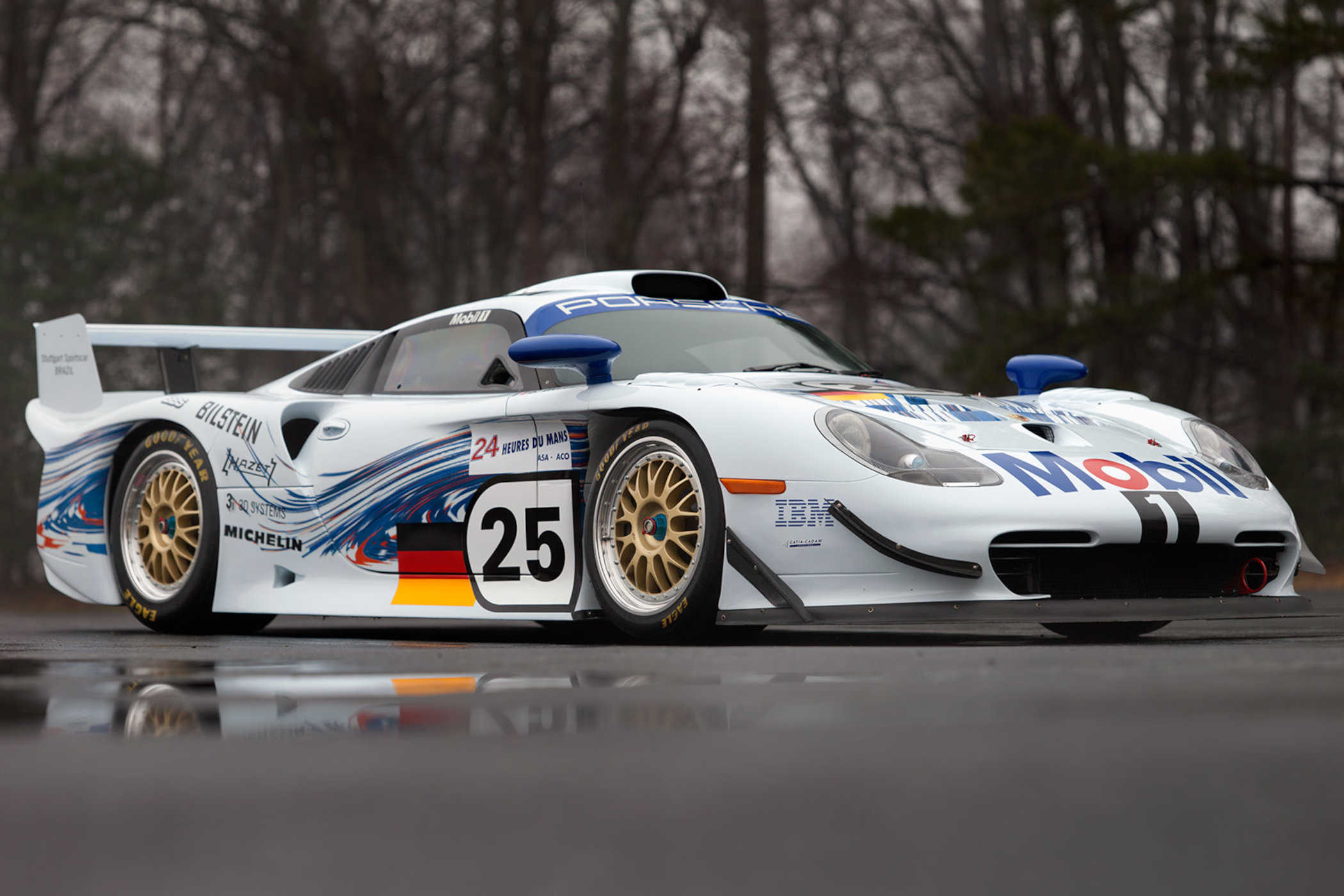
This Petrolhead Corner episode is dedicated to one of the fiercest rivalries on and off-track in the world of endurance racing. I’m taking you back to the mid-nineties, specifically to top-tier endurance racing. During the better part of the 1990s, endurance racing hit an all-time high again, coming out of the bonkers Group-C era. Its replacement, the FIA-sanctioned GT1 class, became the battleground for some of the most legendary cars ever raced. But if you dig a little deeper, you’ll learn only 11 different racing cars were approved for GT1-class competition by the FIA. Among them though, is a trio that to me, propelled the GT1 class to stardom. I’m talking about the legendary McLaren F1, Porsche 911 GT1 and Mercedes CLK-GTR.
As power grew to absurd levels under Group C prototype racing (and Group B rallying for that matter), and with incidents costing lives almost every single season, the FIA was forced to take drastic measures in the early 1990s. This was at a time when cars racing the Le Mans 24 hours would hit 400kph down the Mulsanne straight, and legends like the Sauber C9, Porsche 956 and 962, Mazda 787B, Jaguar XJR-12 were born. FIA attempted to turn it into a Formula-based series using a sanctioned engine type of 3.5 litres. It drastically restricted most of the field in terms of power and performance, as the majority of privateer teams could not afford these very expensive new engines.
This lead to the downfall of Group C racing before it was eventually replaced by new regulations in 1993. Through some daft loophole made possible by the FIA and ACO (who organizes the Le Mans 24 hours), Porsche somehow won the first edition of the legendary Le Mans race under these new rules with a Group C prototype. They made clever use of the stipulation that a manufacturer could enter a race car as long as a specific number of road cars were built too. Privateer Dauer converted a single Porsche 962 to a road car, and thus made it eligible for racing under the new rules, and entered it as the Dauer 962 Le Mans-Porsche. This one-off model loophole was oddly left in play for the year that followed for GT1-class racing but was taken out for GT2-level cars.

A year later, the Le Mans 24 Hours race fielded much slower but no less exciting prototype sportscars and road car-derived GT-cars. Racing under the WSC (World Sports Cars) or LM P2 categories meant a 4.0-litre normally-aspirated engine or a 3.0-litre turbocharged one. The GT1 and GT2 categories were reserved for cars derived from production vehicles. 1995 would also mark the year the McLaren F1 GTR would win the race in its first outing, something Ferrari managed to do in 1949 but even the likes of Porsche and Jaguar couldn’t achieve.
Porsche followed quickly with the built 911 GT1, effectively a chopped-up Group C car with a 911 front end. Mercedes would also enter the mix with the mad CLK-GTR. Both of these cars sprouted road-legal variants as well, in order to make them eligible to compete under FIA regulations. Not only did these three battle it out race after race, they also cemented the GT1 era of racing as one of the best eras in endurance racing history. YouTube channel Carfection has made a brilliant three-piece series on these three cars and drove the roadgoing variants of all of them, which you can check in a bit.
McLaren F1
It all starts with the legendary McLaren F1, a car we all know and love, and arguably the daddy of all supercars. The brainchild of Gordon Murray, the McLaren F1 is famous for its central seating position, the BMW 6.1 litre V12 in the back, and its biggest claim to fame; setting the top speed record for production cars at 355kph and holding it for over a decade. Several motorsport teams pushed Gordon Murray to build a racing variant of the F1, which he eventually did. The McLaren F1 would be turned into the F1 GTR, which would dominate the BPR Global GT Series.
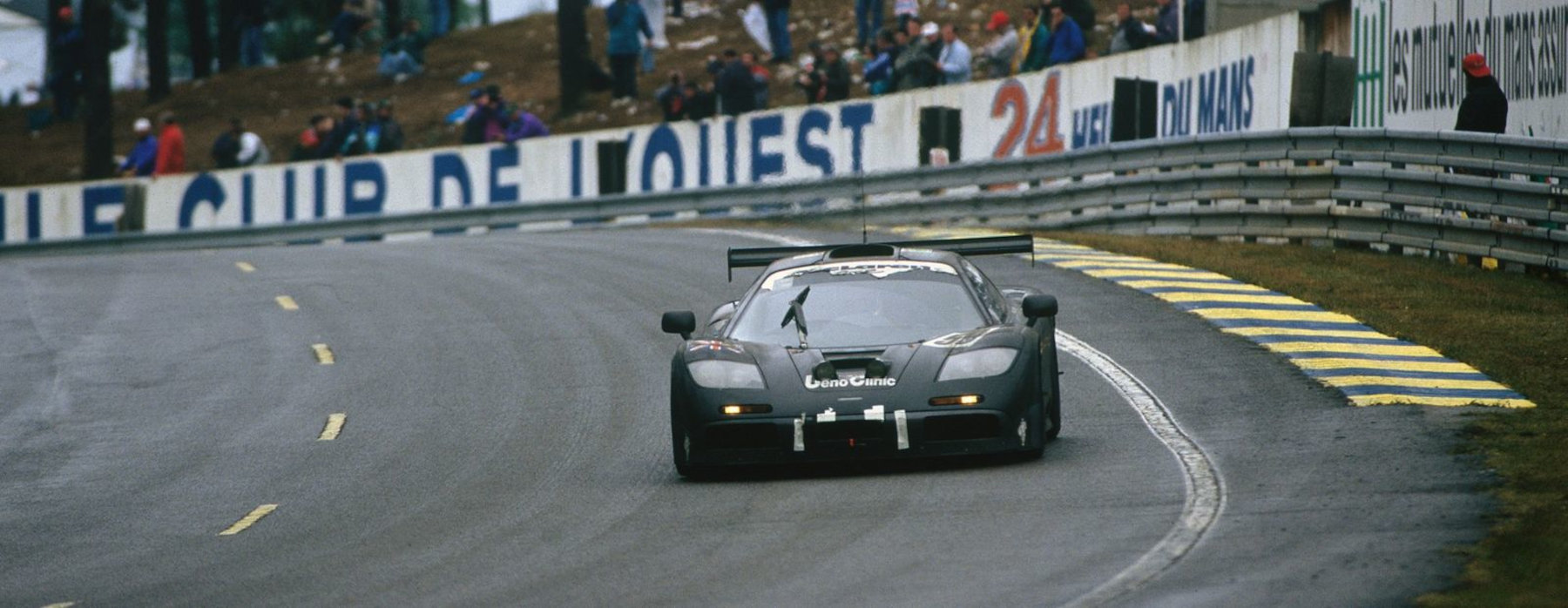
The F1 GTR would use a slightly modified version of its V12, producing around 600 horsepower. It sprouted a wing on the back, and the body was tweaked for increased aerodynamic performance. Nine cars were built in total, a number of which would be entered in the 1995 edition of the Le Mans 24 Hours. During qualifying, it was surprisingly bested by a trio of Ferrari F40’s, but during the race, the formidable BMW-powered F1 GTR would come alive! The 1995 edition was one of the wettest races in recent years, and subsequently gave a lot of teams and drivers issues. It also means the power difference between classes is smaller, something from which the McLaren F1 GTR benefited greatly. Despite some needing to battle issues of their own, the McLarens came in 1st, 3rd, 4th, 5th and 13th! This maiden win for the McLaren F1 GTR would be its only overall victory, even though it would enter in 1996, and 1997 (in Longtail spec). In honour of the Le Mans win, McLaren built five F1 LM cars, which is a more track-focused edition of the F1.
Porsche 911 GT1
Porsche wasn’t going to sit on the side and see others walk away with their beloved Le Mans 24 hours race. Instead, they did what you would expect from Porsche; adapt and perfect, to once again dominate. It had done so with the Porsche 917, 936, 956 and 962 and was set to do so again with the 911 GT1 introduced in 1996. The 911 GT1 was created by merging together the front section of a 993-generation Porsche 911 to the back section of the outgoing Porsche 962, including the 3.2 litre flat-six engine producing 600 horsepower. In order to make it legal to race, Porsche built the 911 Straßenversion (street version), of which 24 cars have been built. The 911 GT1 easily won its first race when entered in the 1996 season of the BPR Global GT Series, although not eligible to claim points as they were there on invitation only.
Porsche entered the 1996 Le Mans 24 Hours with it, and despite coming in second behind the TWR-Porsche WSC-95 (racing in the WSC class) the difference was only a single lap after 24 hours of racing. A second 911 GT1 would come in third, with the McLaren F1 GTR just missing out on the podium and coming in 4th, 5th and 6th. A year later Porsche would once again run the 911 GT1 but would only manage fifth place, behind the overall winner (again the TWR-Porsche WSC-95), a pair of McLaren F1 GTR’s and a Courage C41 prototype (with a Porsche engine by the way).
For the 1998 season, Porsche entered with the 911 GT1-98, which was an entirely new car. This was designed to compete with the McLaren F1 GTR, but also the Mercedes CLK-LM, Toyota TS020 GT-One and BMW V12 GTR LM. This would also be the car that (in)famously made a backflip at Road Atlanta, a feat the CLK-LM would succumb to at Le Mans a year after.
Mercedes CLK-GTR
The third entry in the holy trinity of GT1 racing is the Mercedes CLK-GTR, not to be mistaken for the much-sleeker CLK-LM. This is perhaps the most hardcore car of the three, and at the time was a seriously advanced piece of kit. Where the McLaren looks sleek, the Porsche looked purposeful, there’s no doubt about the CLK-GTR’s intentions. Its looks are best described as a stretched-out 1990s Mercedes with massive splitters, inlets, air scoops, spoilers and everything. The dramatic-looking body is draped over a carbon fibre monocoque chassis.
One of the most notable things about the car ar its tiny doors, against the more “normally” sized doors on the McLaren and Porsche. The massive front and rear sections come off, exposing the complex chassis underneath. Behind the tight cockpit sits a 6.0-litre V12 engine, producing 600 horsepower in racing trim. The road car had an even larger power unit, at 6.8 litres of capacity, and had 630 horsepower. Just like the Porsche it could hit 100kph in under 4 seconds, and had a top speed of 320kph. Mercedes built 20 coupes, 6 roadsters and 2 prototypes, making it about as rare as its German rival.
The race-prepped CLK-GTR made its debut in 1997 during the Hockenheim 4 Hours race and qualified on the pole position and took the fastest lap in the race. Mechanical issues sidelined both cars before the finish, but the car showed immense promise. The next race, and with a number of improvements, it would land a 1-2 finish. It never entered the 24 Hours of Le Mans, as Mercedes decided to develop an entirely new car for the 1998 edition, the CLK-LM.
These three very cars are for me a reminder of what is considered the pinnacle in GT racing. I never got to witness them when they dominated the racing tracks but they still are some of the greatest cars ever made, both the racing cars and the road cars.
Editorial note: The images in this article are sourced from Wikipedia, RoadandTrack.com, Supercars.net, McLaren.com and Gooding&Co.com.




